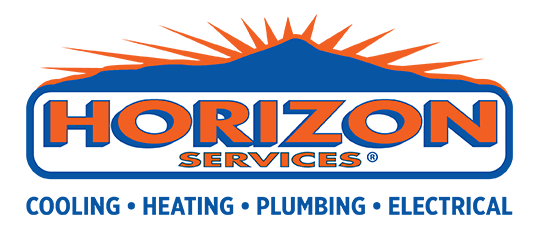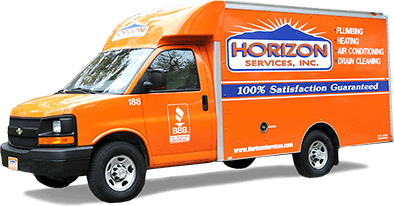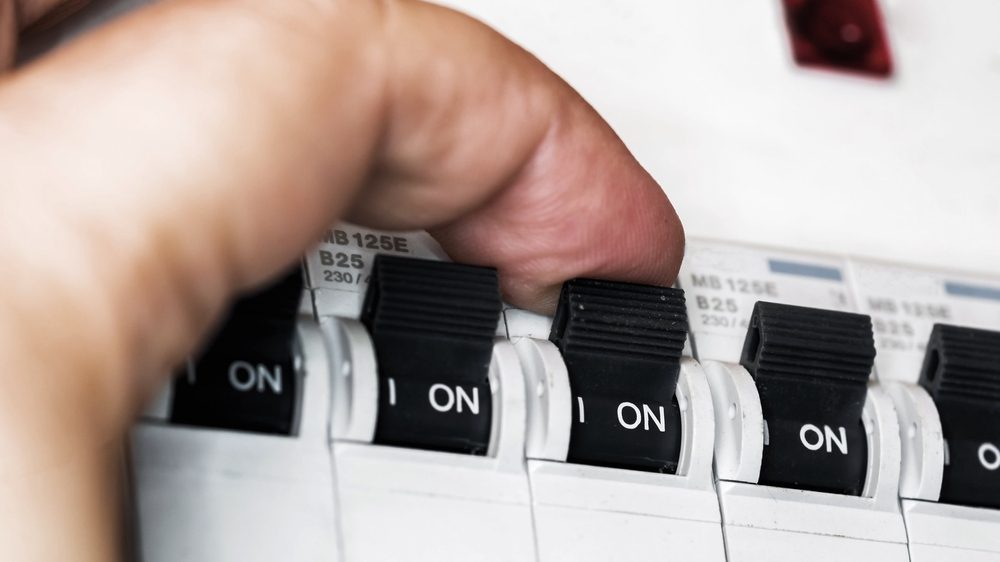
Understanding the complexities of the electrical system in your home may appear overwhelming. Although becoming familiar with the distinction between a main panel and a sub-panel can make a significant difference. These installations are crucial in safeguarding your home and appliances from potential power surges. To help you diagnose issues in your house, we will be exploring what a sub-panel is and the applications of sub-panels and main panels.
Table of Contents
What Is a Main Electrical Panel?
Electrical panels are perhaps one of your residence’s most pivotal components The main panel, often referred to as the electrical breaker box, serves as the primary hub for electricity in your home.
The main electrical panel is engineered to maintain the initial connection of power from your utility company. This panel distributes power throughout your home. The main panel is the first line of defense against electrical surges, protecting both you and your appliances from potential damage.
It’s the only point where you can disconnect your home entirely from the power grid, as it directly interfaces with the electrical supply provided by your utility company. Any other panels outside of this main one fall under the category of sub-panels. The main panel is the central command post, regulating and overseeing the safe distribution of electricity throughout your property.
What Is the Purpose of an Electrical Sub-Panel?
So, what is a sub-panel? An electrical sub-panel is an additional control center to distribute power to different areas within your property. Just like the main panel, their primary function is safeguarding your appliances from harm caused by power surges.
Much like the main panel, sub-panels are equipped with circuit breakers designed to halt the flow of electricity when they identify an excessive current passing through them. This safety feature helps prevent electrical overloads, which could lead to appliance damage or even fires.
In essence, a sub-panel serves as a waypoint, directing and regulating electrical power throughout different parts of your home, all while ensuring the safe and efficient operation of your electrical system.
Read More: 5 Different Categories of Wall Sconces and Benefits
Sub-Panels vs. Main Panels: Applications and Differences
When comparing main panels and sub-panels, it’s important to understand their distinct applications and differences. One key difference lies in their connection to the power source. The main panel is directly linked to the entrance point of a house, functioning as the primary receiver of power from your utility company.
On the other hand, electrical sub-panels do not independently supply energy to a house. Instead, they operate off the power provided by the main panel, feeding off its connection.
This setup, however, does not diminish the importance or usefulness of a sub-panel. In fact, a sub-panel provides an efficient way to organize your electrical system. Sub-panels allow for the installation of power outlets in specific areas of your home, helping streamline and manage electricity distribution more effectively.
Using a sub-panel versus the main panel often boils down to the need for flexibility in a home’s electrical services. Sub-panels are frequently employed when additional circuits are needed, such as in a home addition, a detached garage, or for specific high-demand appliances. They offer a practical solution for expanding your electrical system without overloading the main panel.
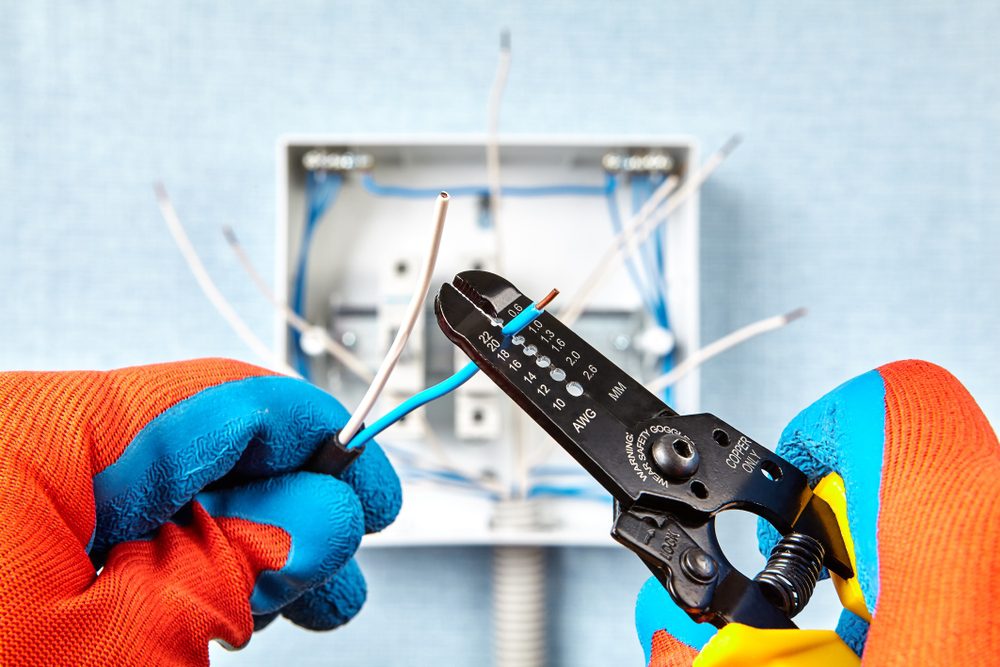
Advantages of Sub-Panels
Sub-panels offer numerous benefits that can significantly enhance the efficiency and convenience of your home’s electrical system:
- Space – Sub-panels provide an effective solution for adding more circuits when your main panel is full, thus offering additional space for electrical distribution
- Convenience – Having an electrical sub-panel allows you to conveniently access circuit breakers located in different areas of your home or property. It enhances the ease of managing your system
- Efficiency – Sub-panels provide the advantage of dividing power into circuits, enabling more efficient electricity utilization and potentially reducing energy expenses
Installing a sub-panel can bring about a marked improvement in managing your electrical system. It helps create more space by providing an avenue for additional circuits when the main panel reaches its capacity. It enhances the organization of your electrical system and offers a convenient way to access circuit breakers in various parts of your home.
Furthermore, by allowing power to be divided into multiple smaller circuits, a sub-panel can boost the overall efficiency of your electrical system, potentially leading to savings on energy costs.
Combining these benefits makes sub-panels an invaluable addition to any home or property. Want to know more about the advantages of sub-panels? Contact a certified electrician today to address your questions.
Read More: How Do You Know If a Circuit Breaker Needs to Be Replaced?
How Is a Sub-Panel Integrated With the Electrical System?
The process of connecting a sub-panel involves linking two hot wires to a 240-volt double-pole breaker within the main panel, in addition to a neutral wire and a ground wire. The type of cable utilized for this connection is often referred to as a “three-wire cable with ground.” The two hot wires, also known as feeder wires, supply all power required by the sub-panel.
This cable connection is linked to a 240-volt main breaker (or main lugs) in the sub-panel, which directs power through two hot bus bars. Individual circuit breakers are then connected to these bus bars, enabling them to distribute power to the branch circuits that originate from the sub-panel.
Many homeowners often overlook electrical panels, which protect your home from severe electrical problems. They act as a guard, preventing electrical mishaps. Enhance the overall safety of your home by reaching out to a specialist to discuss the advantages of performing a circuit breaker repair or installation project in your house.
Whether you are dealing with frequent circuit breaker trips, have recently purchased a high-power appliance, or are using an outdated electrical panel that operates on fuses, the team of certified electricians on our team are ready to assist.
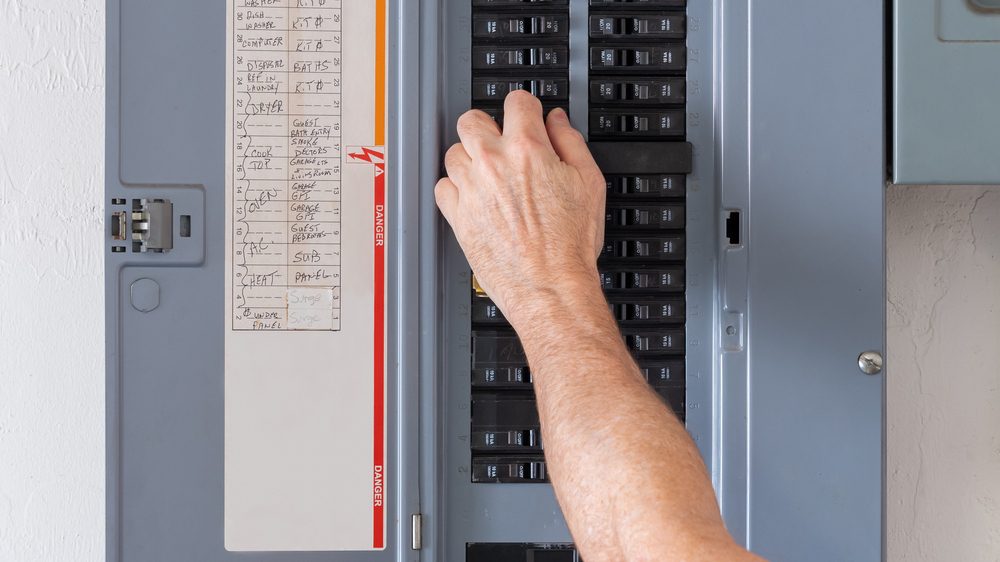
Electrical Panel Replacement and Installation Services
Our staff of skilled electricians provide reliable electrical panel replacement and installation services for homes. Our professionals are adept at ensuring seamless connections, from main panels to sub-panels, with a focus on safety, efficiency, and cost-effectiveness.
We handle everything from meticulously installing high-amperage circuits to carefully distributing power through individual circuit breakers. When you choose to work with our professionals, you can trust that your electrical needs will be met with superior quality of service, ensuring a dependable power supply for your property. Contact our team of licensed electricians in Charlotte, NC today by phone at 1-800-642-4419 for support.
